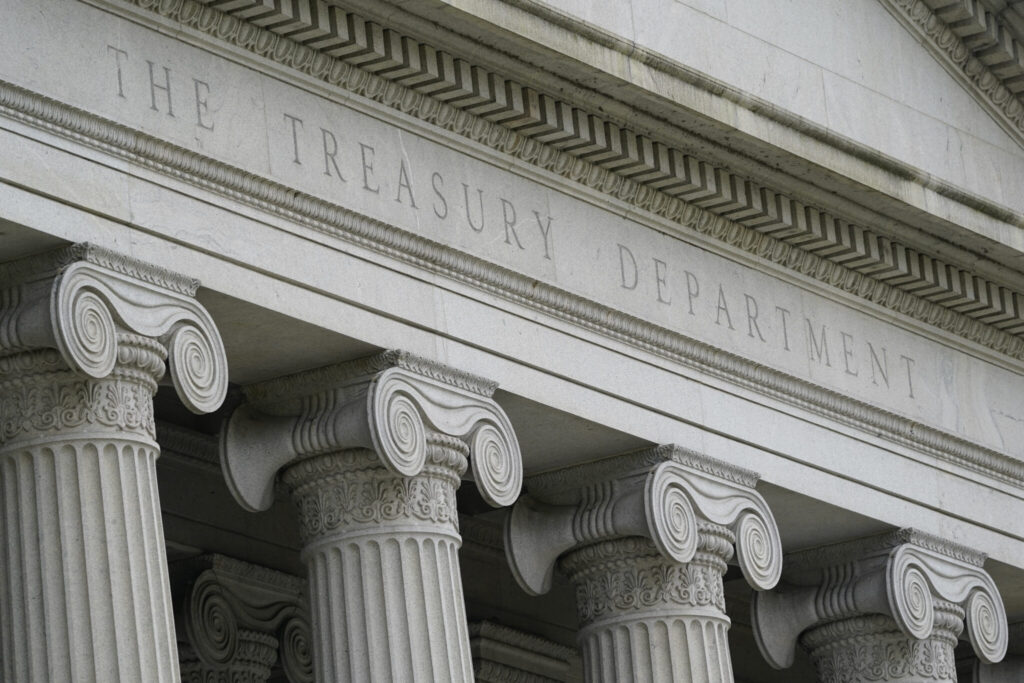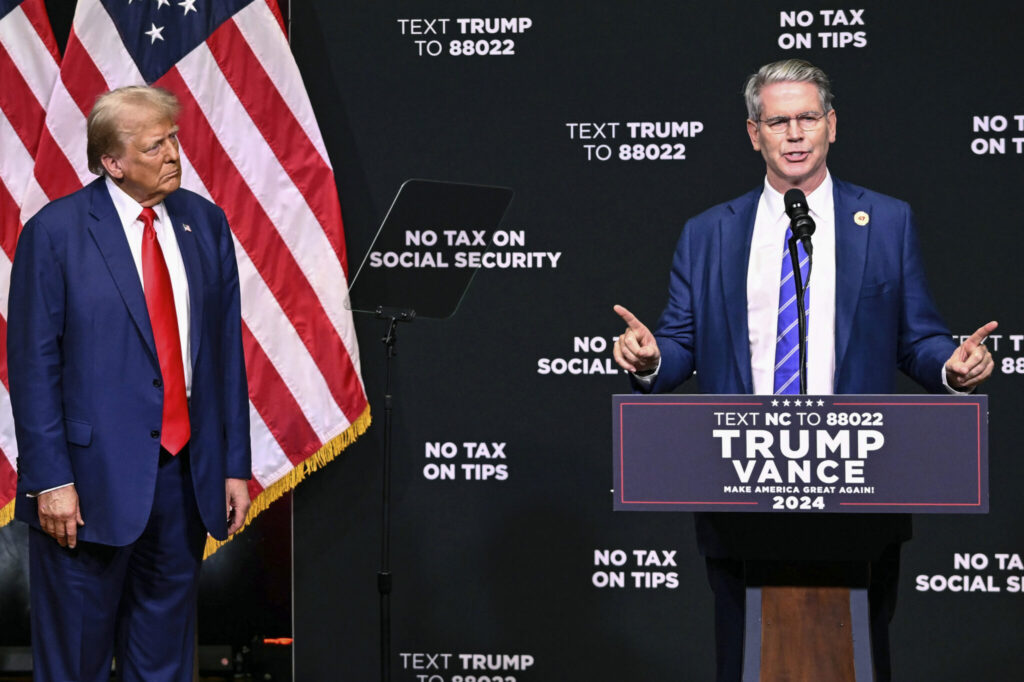Trump economic policies/ U.S. national debt/ debt servicing costs/ federal budget deficit/ interest rates impact/ WASHINGTON/ Newslooks/ J. Mansour/ Morning Edition/ Donald Trump’s ambitious economic agenda, including tax cuts and tariffs, faces significant challenges from the rising costs of servicing the $36 trillion national debt. High interest rates have made debt repayment more expensive, threatening to limit Trump’s ability to deliver on campaign promises while putting additional strain on the federal budget. Critics warn that his policies may exacerbate deficits, while supporters believe he can make the math work.

Trump’s Economic Plans and Debt Crisis: Quick Looks
- Debt and Growth Conflict: Servicing the $36 trillion national debt now consumes over $1 trillion annually, surpassing defense spending.
- Tax Cut Dilemma: Trump plans to renew and expand his 2017 tax cuts, which critics say will worsen deficits.
- Interest Rate Impact: Higher rates are driving up borrowing costs for households and the government alike.
- Proposed Cuts: GOP allies propose cutting federal spending and introducing tariffs to offset deficits.
- Economic Uncertainty: Rising debt service costs could crowd out critical investments in infrastructure and education.
Can Trump Tackle Rising Debt Costs and Deliver on Economic Promises?
Deep Look
Donald Trump’s return to the presidency brings bold economic promises but also an enormous hurdle: the escalating cost of servicing the $36 trillion national debt. With interest rates at their highest in decades, federal borrowing costs are poised to surpass $1 trillion annually in 2025, limiting Trump’s ability to deliver on key campaign pledges like expanded tax cuts and aggressive tariffs.
Debt’s Growing Strain
Repaying debt now consumes about one-fifth of the federal budget, surpassing defense spending and leaving less room for investments in infrastructure, education, and other priorities. Shai Akabas of the Bipartisan Policy Center noted:
“The cost of housing and groceries is going to be increasingly felt by households in ways that will adversely affect our economic prospects in the future.”
Congressional Budget Office projections show debt service costs growing exponentially as interest rates remain high. In April 2020, yields on 10-year Treasury notes were as low as 0.6%. Today, they stand at 4.4%.
Trump’s Plans Face Resistance
Trump’s proposed renewal of the 2017 tax cuts, which are set to expire in 2025, faces criticism from Democrats and even some Republicans. Critics argue that the tax cuts disproportionately benefit the wealthy and add to the deficit.
Jessica Fulton, vice president of the Joint Center for Political and Economic Studies, warned:
“The president-elect’s tax policy ideas will increase the deficit because they will decrease taxes for those with the highest ability to pay.”
Balancing Deficits and Growth
Trump’s transition team insists he can balance the budget while delivering on promises to lower taxes and spur growth. Transition spokeswoman Karoline Leavitt said:
“The American people re-elected President Trump … giving him a mandate to implement the promises he made on the campaign trail, including lowering prices.”
“It’s irresponsible to run back the same tax cuts after the deficit has tripled.”
Proposals to Cut Costs
GOP leaders and Trump allies are exploring ways to curb federal spending. Suggestions include:
- $11 Trillion in Cuts: Russell Vought, Trump’s pick for budget director, has proposed deep cuts over 10 years to balance the budget.
- Repealing Climate Initiatives: Former Treasury official Michael Faulkender suggests rolling back the Inflation Reduction Act’s green energy provisions.
- Work Requirements: Republican lawmakers are considering adding work mandates for Medicaid beneficiaries.
- Tariff Revenue: Trump has floated imposing tariffs on imports to raise government revenue.
Elon Musk and Vivek Ramaswamy, heading Trump’s “Department of Government Efficiency,” have proposed withholding funds Congress approved for spending. However, such actions could spark legal battles over executive overreach.
Historical Context
The U.S. faced similar debt challenges in the early 1990s under President Bill Clinton. Rising interest rates pressured Clinton to broker a bipartisan deficit reduction deal that eventually produced budget surpluses starting in 1998.
Political strategist James Carville famously remarked on the bond market’s influence:
“I used to think that if there was reincarnation, I wanted to come back as the president … but now I would like to come back as the bond market. You can intimidate everybody.”
The Path Forward
Trump’s success hinges on balancing the demands of his voter base with the economic realities of high borrowing costs and soaring debt. His administration must navigate competing priorities: cutting taxes, funding programs, and curbing inflation. With proposals like tariffs and spending cuts on the table, Trump faces a complex challenge that could define his second term.







